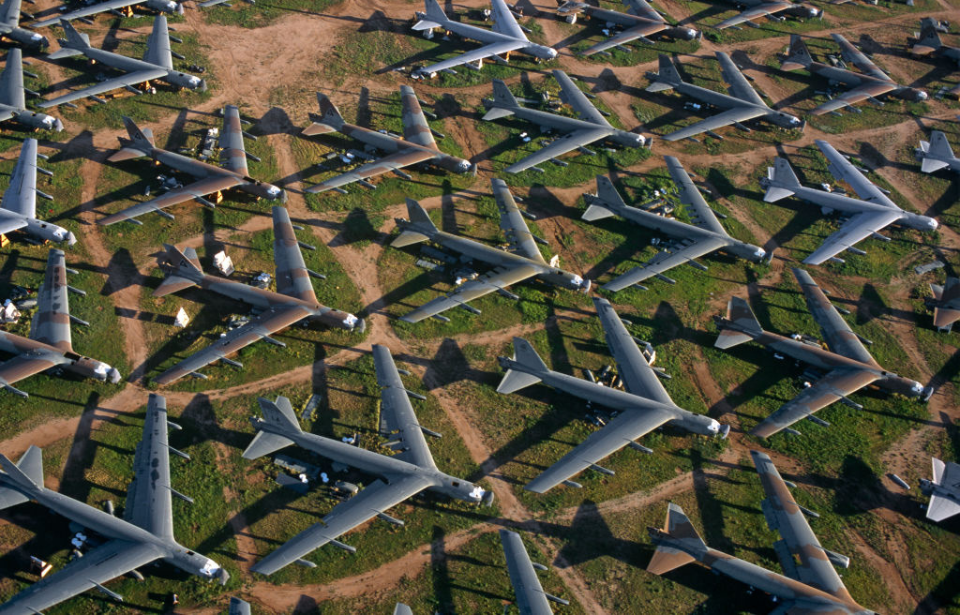Military enthusiasts and aviation fans alike often marvel at aircraft boneyards, and the largest one in the world is located in the southwestern United States. Established after World War II, the 309th Maintenance and Regeneration Group (309th AMARG) resides at Davis-Monthan Air Force Base, Arizona, housing over 4,000 aircraft from various eras.
Originating in the aftermath of World War II
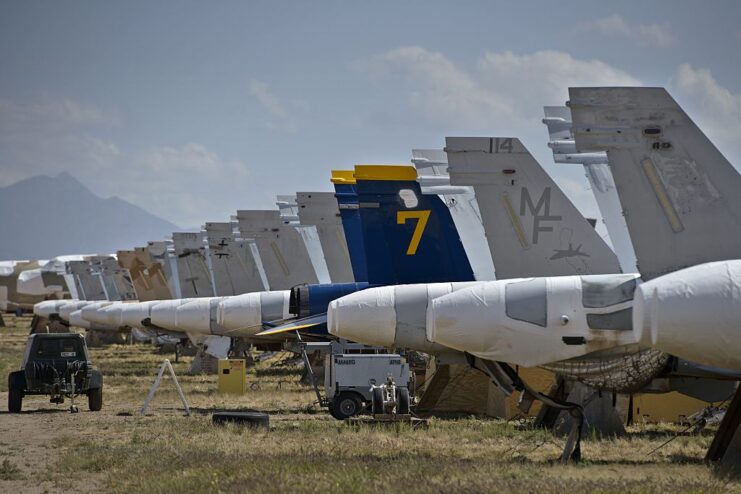
The 309th Maintenance and Regeneration Group began as the 4105th Army Air Forces Base Unit (Aircraft Storage), which was established to hold the US Army’s surplus of 200 Douglas C-47 Skytrains and 600 Boeing B-29 Superfortresses after World War II. While most of these aircraft were scrapped, some were preserved and later used during the Korean War.
Becoming home to the Convair B-36 Peacemaker
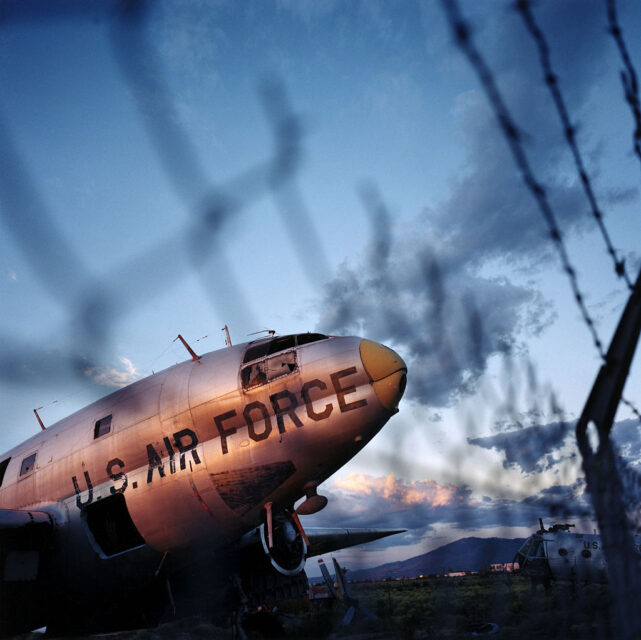
When the US Air Force was established as a separate military branch, the site was renamed the 3040th Aircraft Storage Depot. It operated under this name until 1956, when it was re-designated the Arizona Aircraft Storage Squadron and became home to the military’s fleet of Convair B-36 Peacemakers.
Of the 384 strategic bombers that were delivered, only four were saved from scrapping.
Handling aircraft from all areas of the US military
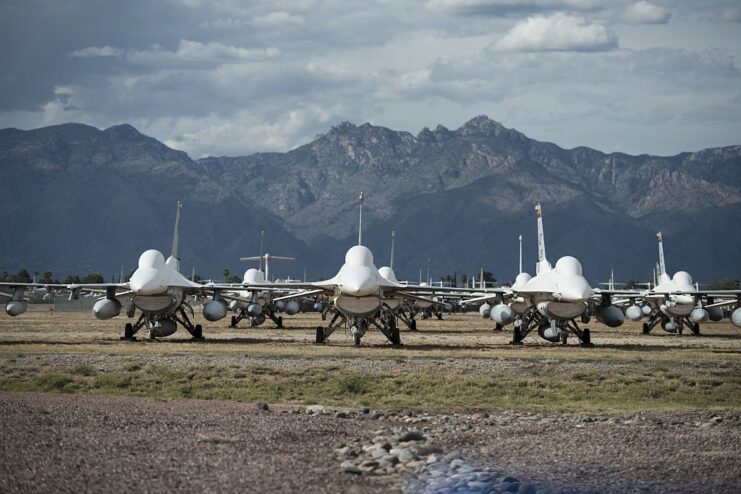
In 1956, the site was, again, renamed, this time to the 2704th Air Force Aircraft Storage and Disposition Group. Nine years later, it was replaced by the Military Aircraft Storage and Disposition Center, established by the US government to handle aircraft from all branches of the US military, not just the Air Force.
This included scrapping the remaining fleet of Boeing B-47 Stratojets. Just 23 have been preserved for display in museums across the country.
Updating the duties of Davis-Monthan Air Force Base, Arizona
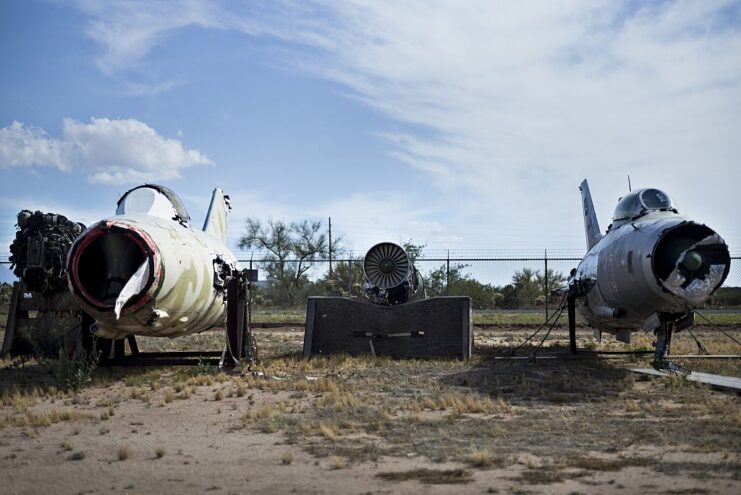
By this time, the United States was experiencing the peak of its Cold War tensions with the Soviet Union. Both countries had developed ballistic missiles and satellite technology, meaning there was a need for a location where the US government could dismantle and repurpose these assets.
As a result, the duties of Davis-Monthan Air Force Base were updated and it was renamed the Aerospace Maintenance and Regeneration Center (AMARC).
Eliminating the Boeing B-52 Stratofortress fleet
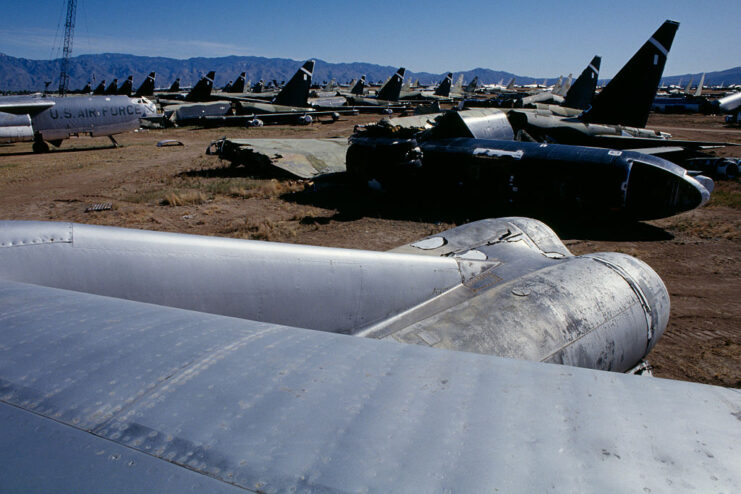
On July 31, 1991, US President George H.W. Bush and Soviet leader Mikhail Gorbachev signed the Strategic Arms Reduction Treaty (START I), which aimed to reduce and limit the deployment of missiles and nuclear warheads by both nations. One provision required the elimination of the US military’s fleet of Boeing B-52 Stratofortresses, with the USSR allowed to monitor compliance through satellite surveillance and in-person inspections.
This task was carried out by the Aerospace Maintenance and Regeneration Center.
309th Aerospace Maintenance and Regeneration Group
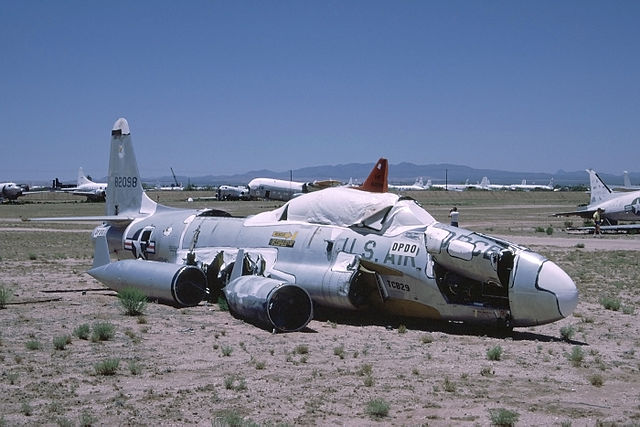
In 2007, the Aerospace Maintenance and Regeneration Center was transferred to the 309th Maintenance Wing and renamed the 309th Aerospace Maintenance and Regeneration Group. It’s currently under the command of the Ogden Air Logistics Complex at Hill Air Force Base, Utah, despite being located in Arizona.
As a military-operated facility, it’s off-limits to the civilian population.
How many aircraft are housed at the site?!
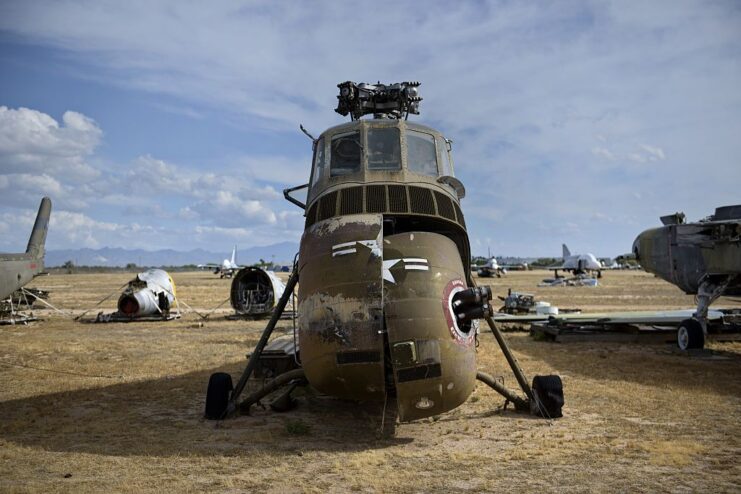
Currently, the 309th Maintenance and Regeneration Group houses over 4,000 aircraft from the US Air Force, Army, Marine Corps, Coast Guard, Navy and various federal agencies, including NASA. The site has remained in use for over 70 years due to Arizona’s arid climate; the low humidity and rainfall make it ideal for storing aircraft outdoors instead of in hangars.
Additionally, the hard ground prevents the aircraft from sinking into the soil.
Sorting the ‘aircraft boneyard’
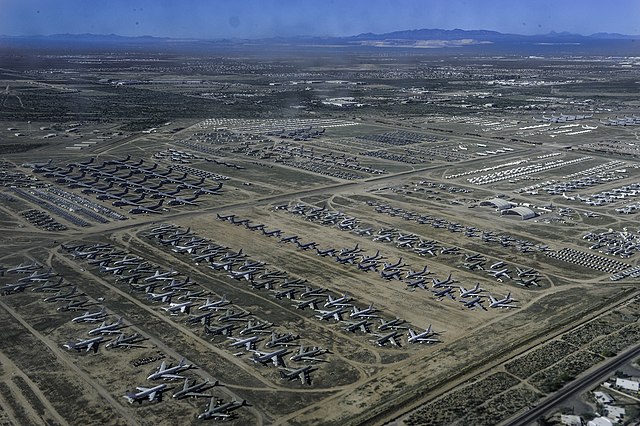
Each year, approximately 300 aircraft are brought to the 309th Maintenance and Regeneration Group and sorted into four categories:
- Long Term (Type 1000), which require special permission for parts removal.
- Parts Reclamation (Type 2000), from which parts can be taken.
- Flying Hold (Type 3000), which are kept in a maintained state.
- Excess Defense (Type 4000), which are sold either whole or in parts.
Annually, a couple of hundred aircraft are processed out, with 50-100 being returned to active service.
Repairing and modifying military aircraft
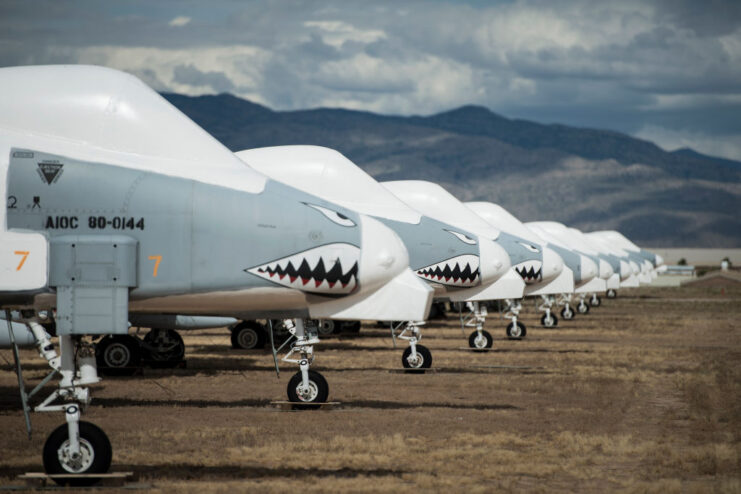
More from us: The A-10 Warthog Was Built to Last – And These Facts Prove It
Over the years, the 309th Maintenance and Regeneration Group has housed aircraft from various foreign militaries, including the Royal Canadian Air Force. Recently, it’s become more involved in the repair and modification of aircraft, including the Fairchild Republic A-10 Thunderbolt II and the McDonnell Douglas F-4 Phantom II.
